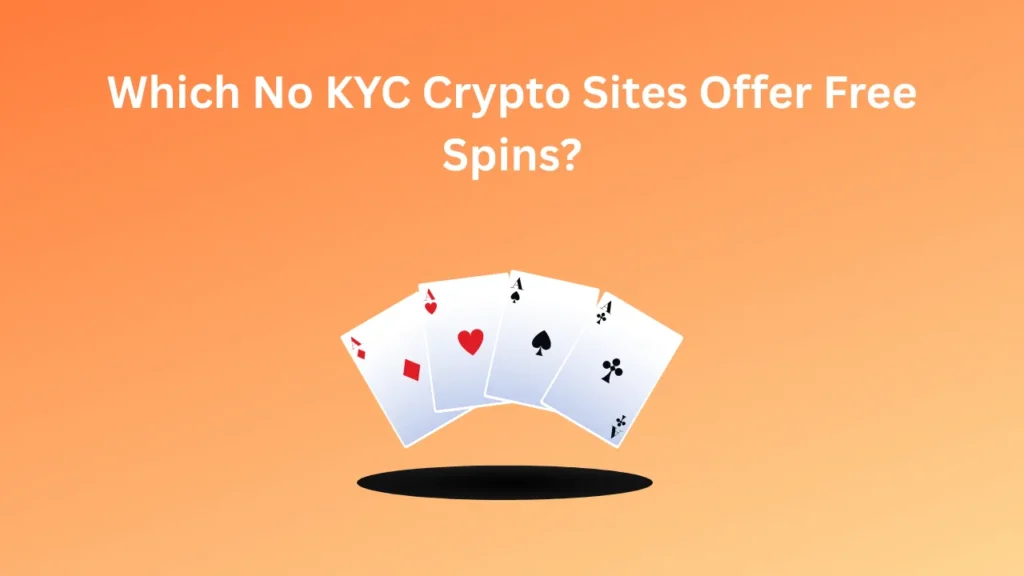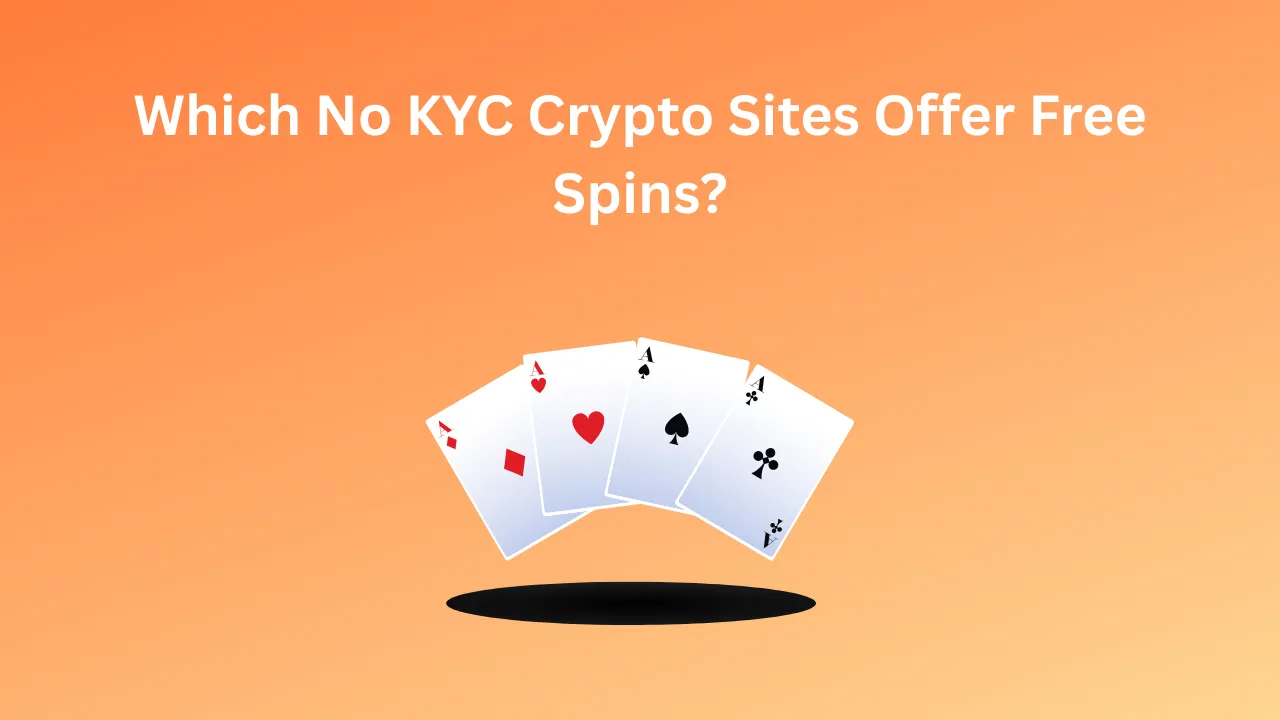Introduction: Conveying steep or sticky materials efficiently and reliably is a daily challenge in many industries. A chevron conveyor belt is a specialized belting solution designed to move bulk materials up inclined planes without slippage. Whether you are redesigning an existing line or specifying components for a new plant, working with reputable chevron conveyor belt suppliers ensures your system performs safely and economically.
What Is a Chevron Conveyor Belt?
A chevron conveyor belt is a continuous belt with raised, V-shaped cleats (or chevrons) molded or vulcanized onto its surface. These chevrons create a series of ridges that trap and hold granular or loose materials—such as sand, gravel, grain, coal, or packaged goods—preventing them from sliding backward when the belt is inclined. The design provides excellent traction at angles that would cause flat belts to fail, making the chevron belt a common choice where space constraints demand steep incline conveyors.
Design Variations and Materials
Chevron patterns come in many heights, spacings, and profiles depending on the material being moved and the incline angle. Cleat heights may range from a few millimeters for fine powders to several centimeters for coarse aggregates. Belts may be made from rubber compounds, PVC, PU (polyurethane), or fabric-reinforced composites. The core construction—steel cord, textile ply, or solid woven fabric—determines belt strength, elongation properties, and resistance to temperature or chemical exposure. When working with chevron conveyor belt systems, specifying the correct material and chevron geometry is essential for wear life and energy efficiency.
Common Applications
Chevron conveyor belts serve industries with inclined material handling needs: mining and quarrying, agriculture, food processing, recycling, packaging, and construction. Use cases include elevating bulk soil, transporting packaged bags up to a mezzanine, or carrying shredded materials to a hopper. They are frequently found in mobile crushers, screening plants, and transfer stations where the conveyor angle can reach 30–45 degrees or more. For plants handling sticky, wet, or irregularly shaped goods, a properly specified chevron conveyor belt suppliers can recommend the best cleat profile and compound to minimize buildup and cleaning downtime.
How to Choose the Right Chevron Profile
Selecting a suitable chevron profile starts with analyzing what you will convey: particle size, moisture content, abrasiveness, and compactness. Fine, free-flowing powders may require closely spaced, low-profile chevrons to avoid material getting trapped and compacted. Coarser aggregates perform better with higher, more widely spaced cleats. The incline angle also dictates cleat geometry—steeper inclines demand taller chevrons and sometimes lateral cleats to keep material centered. Work with technical documentation and sample testing, and consult experienced suppliers to match profile and rubber hardness to the application.
Key Selection Criteria for Belting Material
The belt compound affects grip, wear resistance, and cleaning. Harder compounds increase mechanical wear resistance but may reduce grip and increase noise; softer compounds improve traction and shock absorption but wear faster. Temperature exposure and chemical contact—oils, acids, or solvents—demand specific compounds or coatings such as oil-resistant nitrile or special EPDM blends. For food and pharmaceutical use, FDA-compliant materials like food-grade PU are necessary. Also consider anti-static properties and flame-retardant ratings when specifying belts for hazardous or regulated environments.
Partnering with Suppliers: What to Ask
A supplier relationship matters. Ask potential vendors about their experience with your industry, availability of custom chevron profiles, in-house vulcanizing or bonding capabilities, and lead times for replacement belts. Request material safety data sheets (MSDS) for belt compounds, examples of past installations, and performance guarantees or test data. Reliable chevron conveyor belt suppliers will provide guidance on jointing methods—mechanical fasteners, cold bonding, or vulcanized splices—that align with your uptime requirements and maintenance skill set.
Installation Best Practices
Proper installation ensures longevity. Pre-checks should confirm pulley alignment, take-up tension, idler spacing, and conveyor frame stiffness. Conveyor belts with chevrons require correct tracking and tension to avoid chevron distortion or premature separation. During installation, avoid excessive bending around small pulleys as cleats can delaminate if forced. When using mechanical fasteners, ensure the fastener type and placement do not interfere with the chevrons or create material hang-ups. If possible, schedule commissioning with supplier technicians for on-site adjustments and operator training.
Maintenance and Troubleshooting
Regular inspection protects performance: look for chevron wear patterns, edge damage, splice integrity, and compound hardening. Common issues include material buildup between chevrons (often solvable by adjusting cleat spacing or changing compound), belt tracking problems (addressable via pulley alignment and idler optimization), and chevron delamination (often caused by thermal or chemical exposure beyond specified limits). A maintenance plan that includes cleaning, timely replacement of worn components, and proper storage of spare belts will reduce unplanned downtime.
Cost Considerations and Lifecycle
While initial cost varies widely by compound, width, chevron height, and reinforcement, consider total lifecycle costs: energy consumption, maintenance downtime, replacement frequency, and efficiency losses if material slips. A slightly higher upfront investment in a durable, well-designed chevron belt can pay back quickly through reduced downtime and lower replacement frequency. Request lifecycle cost estimates and comparative wear data from suppliers to make an informed investment decision rather than choosing on price alone.
Case Studies: Real-World Improvements
Across industries, chevron belts have improved material throughput and reduced spillage. For example, a quarry that switched to a heavier-duty chevron compound reduced cleanup time and spillage at steep transfer points, while a food processing operation that adopted a PU chevron belt improved washdown resilience and reduced contamination risk. These successes share common elements: correct profile selection, supplier collaboration during commissioning, and consistent maintenance. When evaluating suppliers, ask for anonymized case studies relevant to your application.
Frequently Asked Questions (FAQ)
What is the maximum incline a chevron conveyor belt can handle?Answer: Typical chevron belts can handle inclines of 30–45 degrees, and in special configurations with aggressive cleats and sidewalls, even higher. The exact maximum depends on cleat height, spacing, belt compound, and material characteristics.
How do I decide between vulcanized splice and mechanical fasteners?
Answer: Vulcanized splices provide smoother operation, longer life, and are preferred for heavy-duty continuous operations. Mechanical fasteners are useful for quick temporary repairs or when minimizing downtime is critical. The right choice depends on load, belt type, and operating hours.
Can chevron belts be used in food processing?
Answer: Yes — when made from FDA-compliant compounds like food-grade PU or specially formulated PVC, chevron belts meet hygiene and washdown requirements. Confirm supplier certifications for food contact applications.
How often should I replace a chevron conveyor belt?
Answer: Replacement frequency depends on throughput, material abrasiveness, and maintenance. Regular inspection helps identify end-of-life indicators like excessive cleat wear, compound cracking, or repeated splice failures. Many facilities budget for replacement intervals based on historical wear rates provided by suppliers.
Conclusion
Choosing the right chevron conveyor solution involves more than selecting a cleat pattern—material chemistry, reinforcement, splice method, and the supplier partnership all affect long-term performance. Start by clearly defining your material characteristics and operating conditions, then engage experienced vendors early to test profiles and materials. If you need a proven product and technical support, consider contacting a reputable source such as chevron conveyor belt and explore options from trusted chevron conveyor belt suppliers who can supply samples, installation assistance, and ongoing service.







